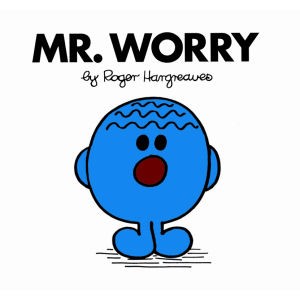The mind is such a powerful tool but more often than not we use the power of the mind to our detriment rather than for our benefit. Our senses are the gateway into our inner world and what we allow through our senses will have an impact on our wellbeing and health.
The mind is not able to draw a distinction between what is real and what is imagined. If we see something with our physical eyes that is traumatic, threatening or stressful, our body will respond by engaging in the stress response, also commonly known as “fight or flight” mode. If we consume our time worrying about stressful situations our body will respond the same way because our subconscious mind cannot determine whether the threat or stress is real or imagined. This means the same hormones and reactions are triggered as those that are engaged when someone is in fact being chased by a lion through the jungle.
We live in a society that happily engages in hours of worry and stress. We worry about events that may or may not happen or what somebody else may or may not be thinking. Our minds are flooded with out of control negative thoughts running continuously on overdrive. For many there is no harness for this never-ending running chatter of the mind, which can be both exhausting and debilitating. Thankfully your mind and thoughts can be controlled!
“How can I stop the worrying?” you ask.
Before I answer that question, let me ask you a couple of other questions.
1) What do you gain from worrying?
2) How many times have you spent hours worrying about something that has never eventuated?
There is an old English proverb that states:
“Worrying is like sitting in a rocking chair.
It gives you something to do but it doesn’t get you anywhere.”
And with that lies the answer to “How do I stop worrying?”
The most effective way to stop the negative habit of worrying is to replace the behaviour with something else. So the answer is to do something else, to do the complete opposite. Use your imagination to create the outcome you want, rather than allowing your imagination to run wild, unharnessed and uncontrolled.
An effective tool I have used to replace the habitual behaviour of worrying is meditation, in particular, positive visualisation. A person who is a chronic worrier already engages in daily visualisation by picturing the worse case scenario or outcome. It is something that they do quite well. However, it is possible for a chronic worrier to use this natural ability to their advantage by engaging in positive, rather than negative, visualisation.
Positive visualisation meditations is a powerful technique that is very effective in reprogramming the mind and replacing the negatives thoughts and worry with positive imagery.
It has been proven to relieve pain, speed up the healing process and be very effective. It is used worldwide to relieve stress, anxiety and other forms of tension. It is also an effective tool in helping people achieve their goals and work towards desired outcomes.
It is also an effective tool that may assist you to achieve goals and work towards desired out comes.
So the next time you start worrying, remember what this behaviour is doing to your health and wellbeing and replace it with a positive imagery meditation or visualisation. Meditations, such as beach meditations, can take you to a place of relaxation in seconds. Taking a few deep breaths as you visualise yourself calm, centred and in control, has the same effect on your body as if you were in fact calm, centred and in control. Meditating on the goals you wish to accomplish provides you with the mindset and motivation to work towards accomplishing those goals.




